I've searched, read & re-read hundreds of threads going back nearly 10 years about the differences between CAD/Cast and Hand Forged. I know this topic has been legislated to death on these forums but I am here looking for direction.
WANT: Halo with second row at 90 degrees.
I am have spoken with the usual suspected so often mentioned on PS about doing my setting as well as a custom house here in Chicago. I am getting a wide range of differing opinions and advice and need some help to clarify.
1) Metal- All of the hand forged recommend and only work with Platinum. They are lock step in its superior performance. The local bench recommends 14k WG as they feel it provides a better long term solution for pave durability. Thoughts?
2) Local Jeweler has an impressive resume of designing prior to going out on her own. She claims to have relationships with the best diamond setter in Chicago. She is confident that they can produce a setting that is as delicate as the ones shown so often on PS. She assures me that the pave will be set with as little metal as you'd find with a VS,SK,LM, etc. From what I've seen, cast doesn't produce this result in the real world.
2a) Should I be asking more about her cast method. Ie: Is the base metal cast and stones are then drilled and set - much like the method of the hand forged? Is this a good solution?
3) So many deal with benches that are across the country with great results. My gf is a small biz owner in the printing space and would most assuredly like to have a local relationship to care for her ring moving forward. She believes in supporting other female owned businesses to a point. If quality or ring execution is not on par, that relationship value declines.
I welcome any and all feedback and direction. Thank you!
WANT: Halo with second row at 90 degrees.
I am have spoken with the usual suspected so often mentioned on PS about doing my setting as well as a custom house here in Chicago. I am getting a wide range of differing opinions and advice and need some help to clarify.
1) Metal- All of the hand forged recommend and only work with Platinum. They are lock step in its superior performance. The local bench recommends 14k WG as they feel it provides a better long term solution for pave durability. Thoughts?
2) Local Jeweler has an impressive resume of designing prior to going out on her own. She claims to have relationships with the best diamond setter in Chicago. She is confident that they can produce a setting that is as delicate as the ones shown so often on PS. She assures me that the pave will be set with as little metal as you'd find with a VS,SK,LM, etc. From what I've seen, cast doesn't produce this result in the real world.
2a) Should I be asking more about her cast method. Ie: Is the base metal cast and stones are then drilled and set - much like the method of the hand forged? Is this a good solution?
3) So many deal with benches that are across the country with great results. My gf is a small biz owner in the printing space and would most assuredly like to have a local relationship to care for her ring moving forward. She believes in supporting other female owned businesses to a point. If quality or ring execution is not on par, that relationship value declines.
I welcome any and all feedback and direction. Thank you!


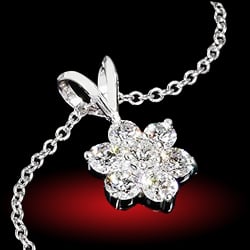
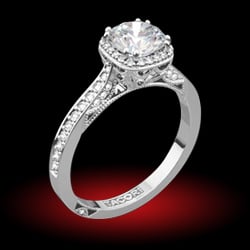
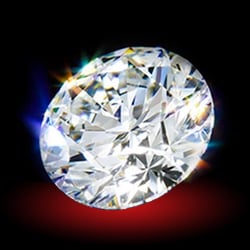
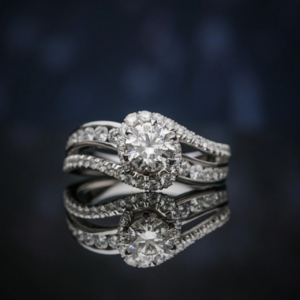
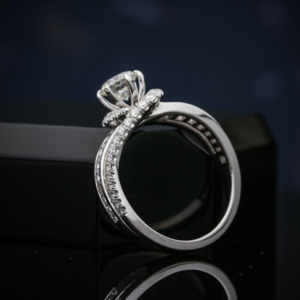


300x240.png)